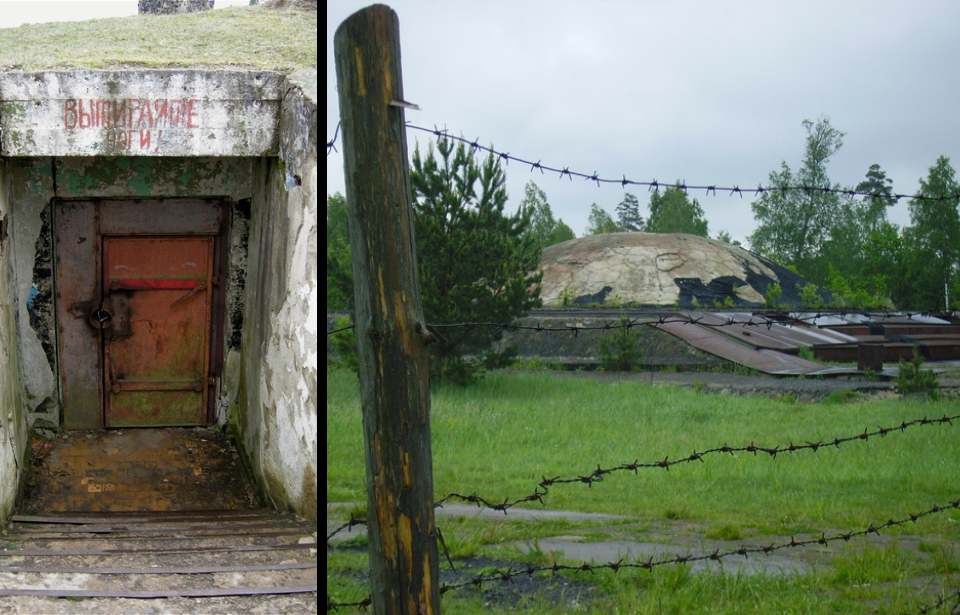After the fall of the Berlin Wall and the end of the Cold War, some of the military objects and facilities used during the era continued to find use in the army, while others were adapted into museums. However, many of them were deserted and left to decay, today serving as silent reminders of more than 40 years of modern history characterized by a constant state of geopolitical tension between the two opposing systems and ideologies: the East and the West.
Avoiding nuclear disaster
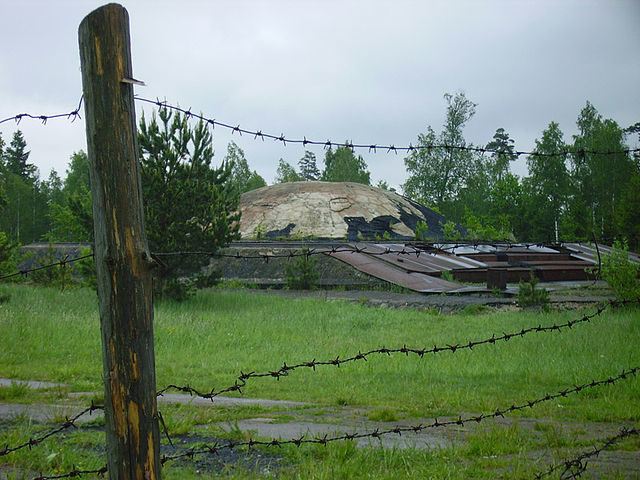
Remnants from the powers of both the Eastern and Western Bloc can be found scattered around the world, and more or less almost all of them have a haunting appearance that unspeakably evokes unpleasant feelings. They have this way of creating a spine-chilling mood, not only because of their ruined appearance but also from knowing the fact that they were built to produce panic, fear, and a possible “clash of the Titans” that would lead to the apocalypse, or at least end of the world as we know it.
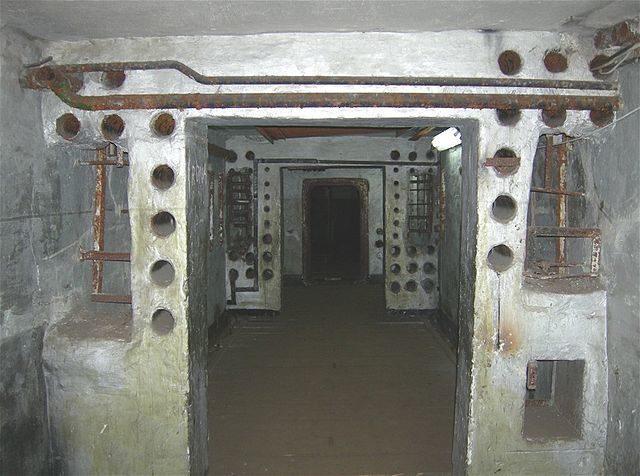
Fortunately, doomsday didn’t happen. It seems that the leaders of the warring sides put emotions aside and took the time to think consciously about the future of the Earth. They decided to literally bury the modern military hatchets, especially those with devastating nuclear power.
Things left behind
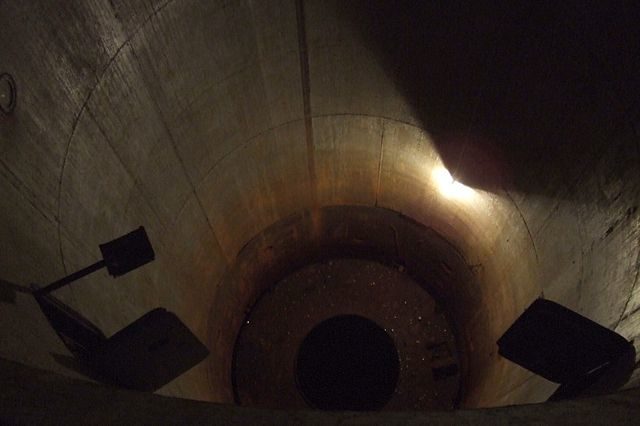
The underground Plokštinė missile base was constructed at a secret location in the northwestern part of Lithuania, near the western border of the Soviet Union with the rest of Europe. The former launch site was nestled in the heart of what is now Žemaitija National Park (or Samogitia National Park), hidden between lakes and dense woodland. Even today, the site is hardly noticeable from a distance, with the only access to it still being the gravel road through an old forest.
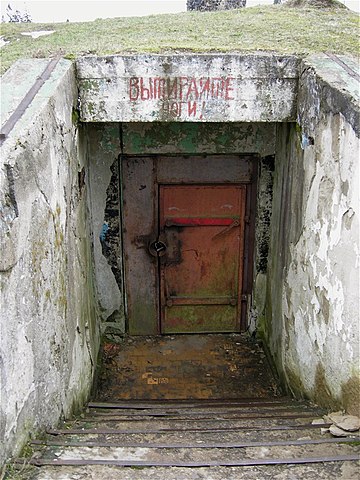
The complex was the first nuclear base built by the Soviets. It housed ballistic missiles and its purpose was to execute nuclear attacks against Western Europe during a possible war between the Warsaw Pact and NATO. For nearly 20 years, the complex was unknown to the enemy secret services. The Soviet Union could have hit distant targets anywhere in Europe, even in far countries like Turkey, Spain, or the United Kingdom, causing total destruction.
Development of the R-12 missiles changed things
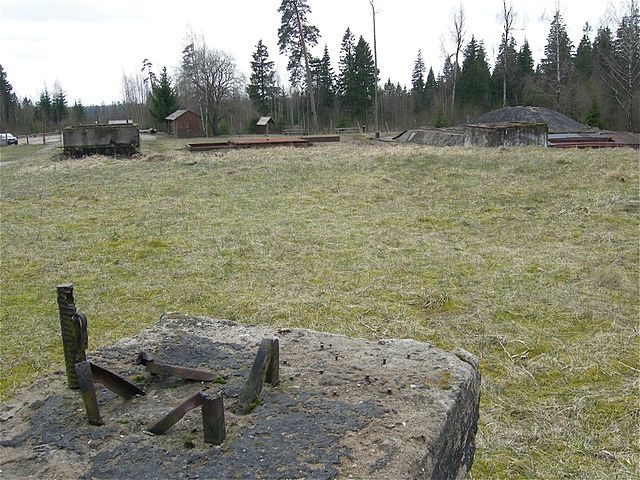
In 1959, rocket scientists of the Soviet Union started the development of the R-12 (Dvina) missile. It was a medium-range missile equipped to carry a monstrous atomic bomb. This new weapon changed the relations between them and the enemies and raised the alert of a possible Soviet nuclear attack during the Cold War. These R-12’s weren’t just a deadly threat to the United States – without doubt, the major threat for Europe arose from ballistic missiles at the Plokštinė Missile Base. The R-12 is famed as the missiles installed on Cuba during the Cuban Missile Crisis in 1962
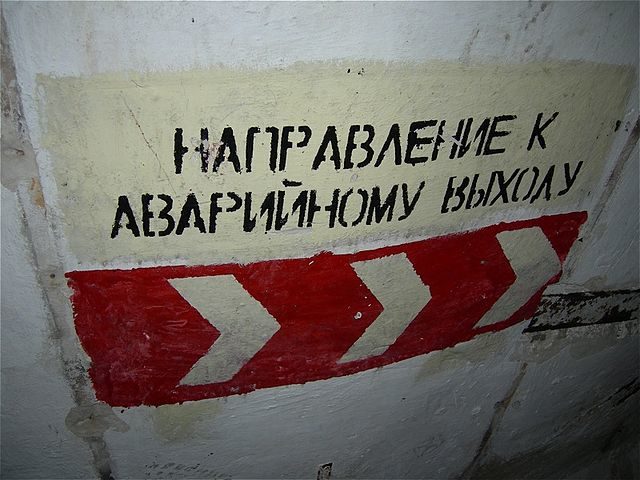
Construction of the complex started at the beginning of the 1960s. The project was considered by the Soviet government as top secret and hence it was done with maximum secrecy. They carried out the construction work with high precautions in order not to be discovered by the United States and the countries of Western Europe, measuring even the slightest details.
The building materials were transported at night and soldiers worked in turns of only five men in a group. Over a period of two years, nearly 10,000 soldiers were included in the process of digging the underground rooms. They used only shovels because the soil was easy to dig., and the few people who lived in the nearby area were paid to move away.
Discovering the abandoned Plokštinė Missile Base
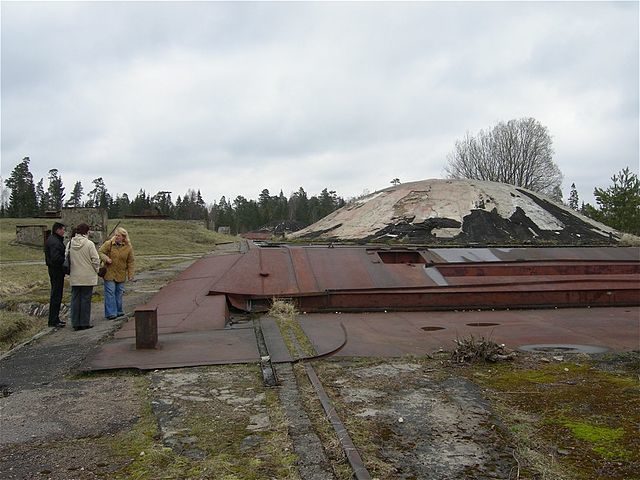
The huge complex was formed of a network of labyrinthine tunnels including the four shafts approximately 100 feet deep, which were covered by sliding concrete domes, and four underground missile silos. It was finally completed in 1962 and remained a secret until 1978, when it was discovered by US reconnaissance teams. However, the missiles had already been moved in 1974.
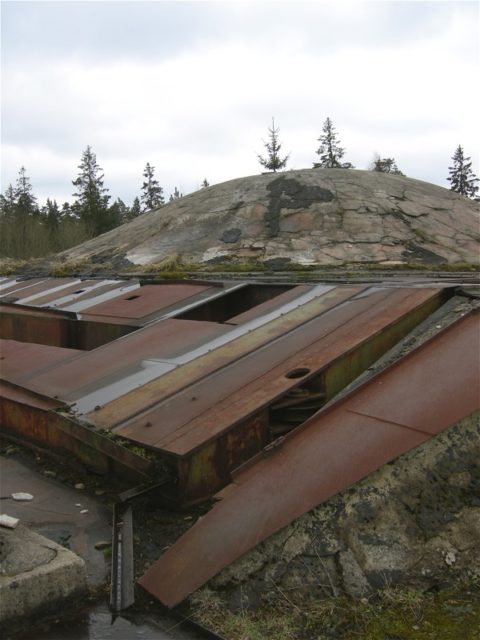
During its years of abandonment the site was often vandalized and looted. It become haven for urban explorers, but also for thieves, who stole many metal parts. As a result of this irresponsible behavior, three shafts were damaged by floods.
However, the complex would not stay in this state forever. The adaptation of the abandoned complex into a museum started in 2012. Parts of the site are reconstructed and can be visit during guided tours. In doing so, restorations allowed the former nuclear base to provide a rare opportunity for visitors to feel close to the tensе atmosphere of the Cold War.
Touring the complex
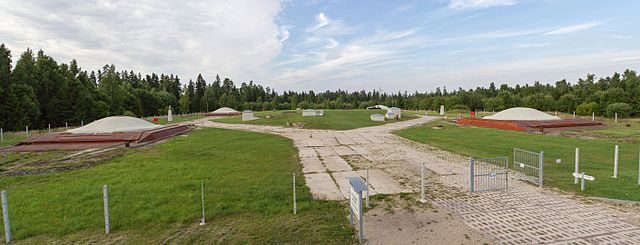
The control room and the bunkers were converted into a museum with original machinery, propaganda materials and posters, evacuation route signs, and monitors with authentic sounds and signals. The main attraction, however, is one of the four shafts, which is still in excellent condition. The generator room and the nuclear ammunition depot, as well one of the underground missile silos where the nuclear missiles used to stand ready to be fired, can be also seen.
